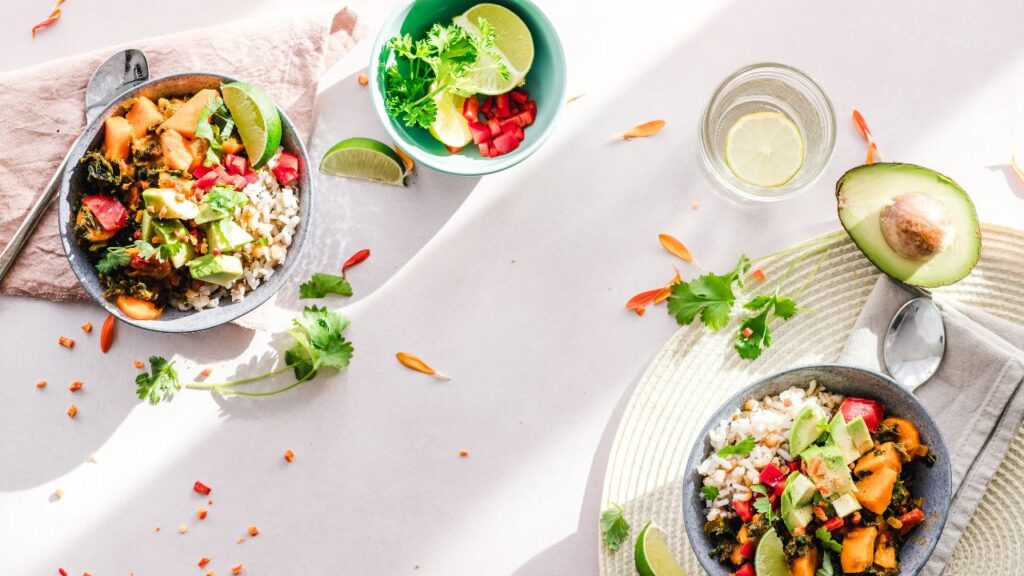The ketogenic diet, commonly just called the “keto” diet, has garnered serious popularity from both casual health enthusiasts and professional athletes alike. The high-fat, low-carbohydrate approach for keto is a great tool for weight loss and increased energy levels.
However, you will need to make some adjustments to your workout lifestyle and routine to accommodate this dietary regimen. We’ll look at eight things you need to know about exercising on the keto diet.
1) Defining the Keto Diet
According to WebMD, the ketogenic diet is a low-carb diet where the focus is for you to take in more calories from protein and fats and less from carbohydrates. Ideally, you’d stay away from easy-to-digest carbohydrates like sugar, soda, pastries, and white bread. Keep in mind that every individual is different, so factors like your personal fitness level and genetics can influence how your body responds to the keto diet.
Be sure to speak with a medical professional before you make any adjustments to your diet. Everybody is different, so don’t be afraid to ask for advice from professionals and other people who have tried the keto diet.
2) The Adaptation Period
On the keto diet, your body’s primary fuel is now fat instead of carbohydrates, so your body needs time to get used to the dietary change. Because your body needs time to adapt when you first start the keto diet, you’ll be going through a transitional phase. The adaptation period means you’ll need to give time for your body to adjust, as you may see a decrease in exercise performance.
3) Energy Levels
Many long-term keto dieters report they have more stable energy levels, likely due to the rise in ketones and more stable blood sugar levels as well. This normally occurs when keto dieters are fully adapted. Due to the steady supply of ketones, your body taps into fat stores to have a sustained and stable energy source during exercise.

4) Staying Hydrated
Have a large bottle of water that clearly measures the number of ounces of water you’re drinking. Visualizing how much water you’re taking in throughout the day will help you stay hydrated and stay on track.
Take a look at an array of workout accessories to find the workout gear that will help you stay motivated. Because keto has a diuretic effect, you’ll have an increase in fluid loss and electrolyte imbalances. It’s important to stay hydrated with water and incorporate electrolyte-rich food or supplements into your workout and dietary routine.
5) Timing Carbohydrates
While you’re more focused on fat intake than carb intake on a keto diet, you still need to have a small amount of carbohydrates, especially before intense workouts. You may want to experiment with different carbohydrates and will learn how to listen to your body to time the carbohydrates properly. For example, you may opt for digestible carbs like sweet potatoes or fruit to enhance your performance without affecting your ketosis.
6) Getting Your Protein
We’ve talked about fats and carbohydrates. You also want to make sure you’re getting enough protein. An adequate amount of protein is crucial for supporting muscle growth and recovery. Include quality protein sources in your diet like eggs, fish, lean meats, and plant-based proteins to help support your exercise regimen.
7) Rest and Recovery
When you’re always on the go-go-go, sometimes you forget to build in time for rest and recovery. Building in a post-workout recovery period is essential for every workout, especially on the keto diet. You need sleep and enough rest in addition to proper nutrition when you’re exercising on the keto diet.
All of these things are vital for glycogen replenishment and muscle repair, not to mention your overall recovery. You may want to incorporate target recovery strategies like foam rolling or protein shakes.

8) Seeking Professional Guidance
Speaking with a registered dietitian or a healthcare professional can help you if you’re new to the keto diet. When you have specific fitness goals, speak to someone who is knowledgeable about fitness, such as a certified personal trainer who can provide you insight and guidance tailored to your individual needs. A combination of a dietician, doctor, and personal trainer can help you achieve your goals when you’re looking to try something new like the keto diet.
So there you have it: the top ten things you should know when exercising while following the low-carb, high-fat diet. Whether you’re considering going on the keto diet or just trying to figure out how to incorporate exercise into your keto diet, we hope these tips will shed light on the most important things to know about exercising while on the keto diet.
No matter what you decide to do, look great and feel even better while you’re wearing functional jewelry. This ultra-comfortable silicone jewelry is perfect for wearing when you’re doing yoga, going for a run or simply grabbing a Greek salad with your besties after your workout.

